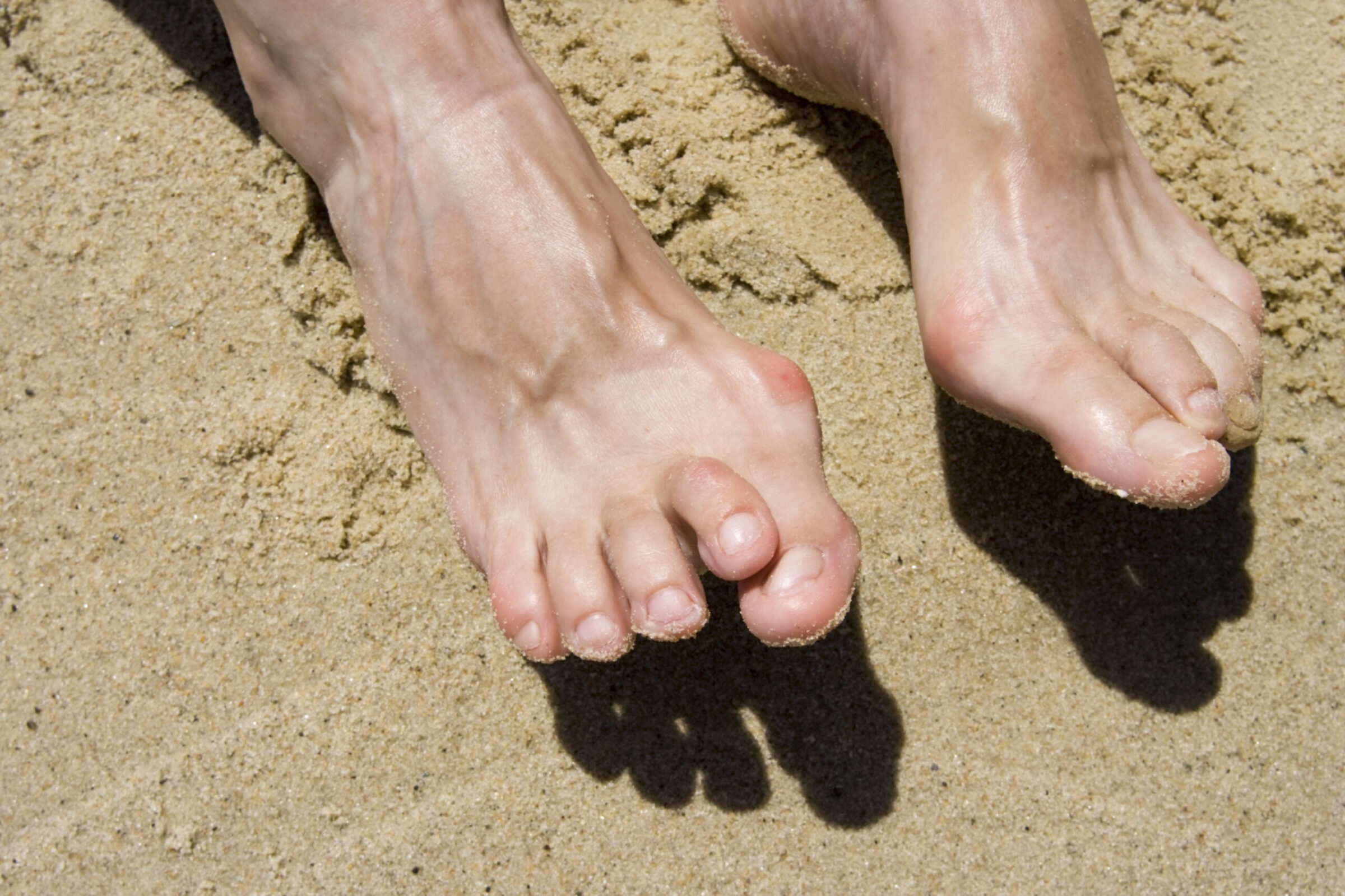If you’re over 50, there is a good chance that you have a hammertoe. Here’s what—if anything—you can do about it—from our Bottom Line expert Johanna Youner, DPM.
What is a hammertoe?
Each of your toes has one tendon on its bottom, called the flexor tendon, whose job it is to bend the toe, and another on top, called an extensor tendon, that straightens the toe. Whenever you’re on your feet, those tendons are constantly contracting and extending to help keep you stable.
Problem: Over time, the flexor tendon on the bottom can stiffen, allowing the toe to permanently bend upward at the knuckle. This contraction—the hallmark of hammertoe—can also be caused by overuse or injury. Athletes and dancers are particularly susceptible to hammertoe because of the demands put on their feet. Hammertoe is most common in the pinkie and the toe next to the big toe (referred to as the second toe) and may occur in a single digit, but people who get one hammertoe usually get others. Also, a hammertoe can sometimes overlap the toe next to it—a severe bunion of the big toe and place pressure on the second digit and make it overlap.
Hammertoe symptoms
Hammertoes can make feet look unsightly, but some people who have a hammertoe don’t even realize it because the condition causes them no discomfort. Normally, the hammertoe itself is not painful, although sometimes the hammertoes of older adults can become arthritic. Hammertoes for the 20% of people who have supinated feet—meaning feet with high arches—can rub against their shoes, forming ulcerations, blisters and callouses. People with diabetes should be especially careful about hammertoe, because foot sores that would be minor for other people can become very serious for them. In the remaining 80% of the population—who have pronated feet (with low arches)—hammertoes are more flexible and less likely to scrape against their shoes.
Hammertoe prevention
Avoid injury and wear comfortable shoes with a high toe box that keeps your foot in a natural position. You also can stretch your toes twice a day by simply straightening them for a count of five.
Hammertoe treatment
If your hammertoes aren’t causing pain or discomfort, there’s no need to treat them aggressively. Tend to any sores caused by friction, and avoid wearing uncomfortable shoes. Manufacturers offer lots of effective over-the-counter products, including foam tubes and pads, to wear on your feet to keep a hammertoe from worsening. And daily stretching, while it won’t completely reverse hammertoe, can sometimes bring modest improvement.
There are surgeries to fix the condition, but don’t get hammertoe surgery purely for cosmetic reasons. The surgery itself is quick and safe—the surgeon may remove the knuckle, fuse the joint or insert a wire or implant—but the recovery time is at least three months and it can take up to a year for the swelling in the area to decrease, and there is significant risk for pain, injury and permanent loss of function. Surgery should be a last resort, only undertaken by those whose hammertoes cause significant pain and disability.

